The Temple Of Apollo At Delphi
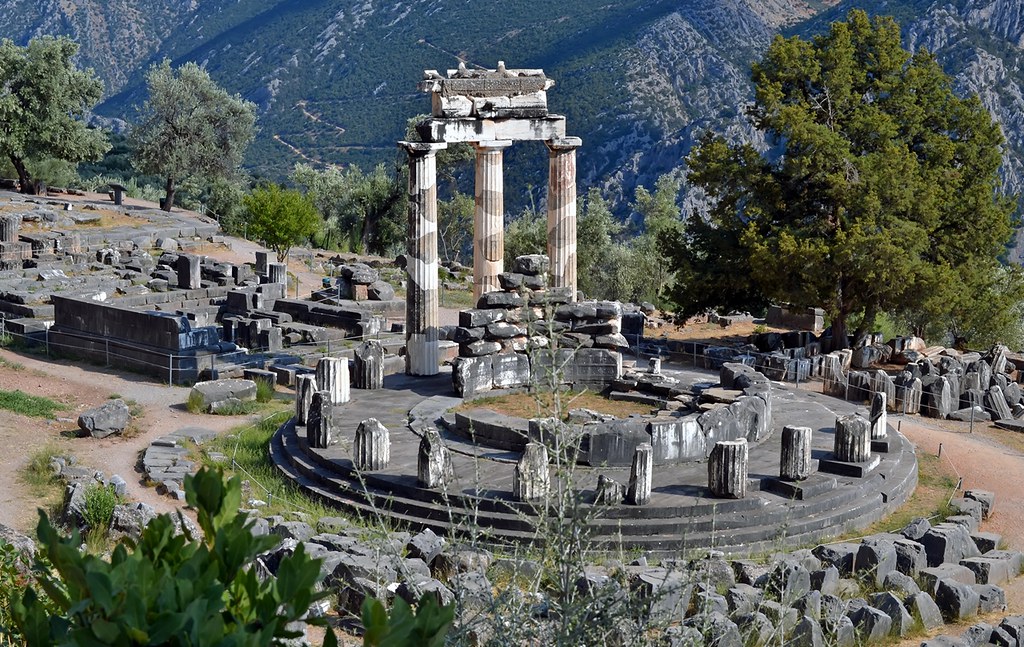
The Temple of Apollo in Delphi was a religious complex dating back to the 4th century BC.
The city was considered to be the center of the world by the ancient Greeks, who considered the site to be one of the holiest sanctuaries.
In fact, Delphi was home to the seat of Pythia, the oracle who was consulted about important decisions throughout the ancient classical world.
The temple was built on the remains of an earlier temple, erected in the 6th century BC, which in turn was erected in the same position as another of the 7th century BC.
It survived until 390 CE when the Christian emperor Theodosius I silenced the oracle with the destruction of the temple and most of the statues and works of art in the name of Christianity.
The sanctuary was completely destroyed by the zealous Christians of their faith, in their attempt to erase all traces of paganism.
It stands on the southwestern slope of Mount Parnassus, a mountain that was sacred to the ancient Greeks, and it is recognized by UNESCO as a World Heritage Site in having had a great influence in the ancient world, as evidenced by the various monuments built there by most of the important ancient Greek city-states, demonstrating their fundamental Hellenic unity.
The most important structure at the site is without any doubt the Temple of Apollo, the Greek God of music, harmony, and light, which occupied the most important and prominent position.
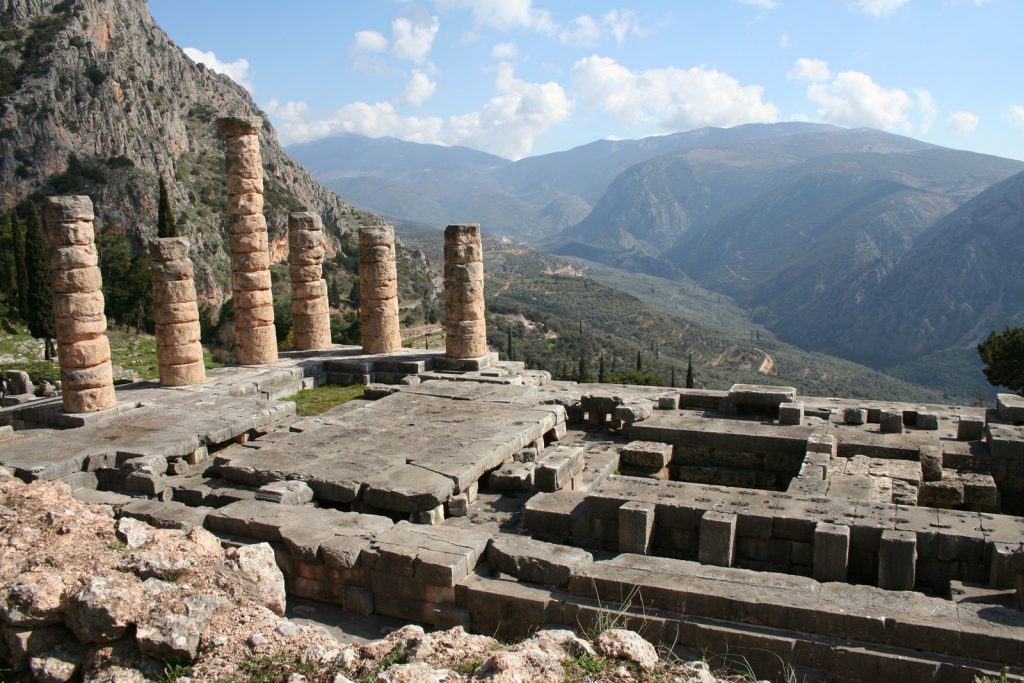
In the 2nd century CE, the Greek historian Pausanias tried to reconstruct the timeframe of the building of the Temple but was only able to point out theories and speculations.
The temple was in fact re-built more than four times, and its original appearance had significantly changed with the passing of time.
Having at first the form of a hut according to mythology, the second temple was made by Apollo himself who gave it to the Hyperboreans, a legendary race of giants that many ancient Greek historians thought to have really existed.
The site also displays the architectural style known as “polygonal walls” or “cyclopic walls” due to the fact that the ancient Greeks believed the cyclops built in this way.
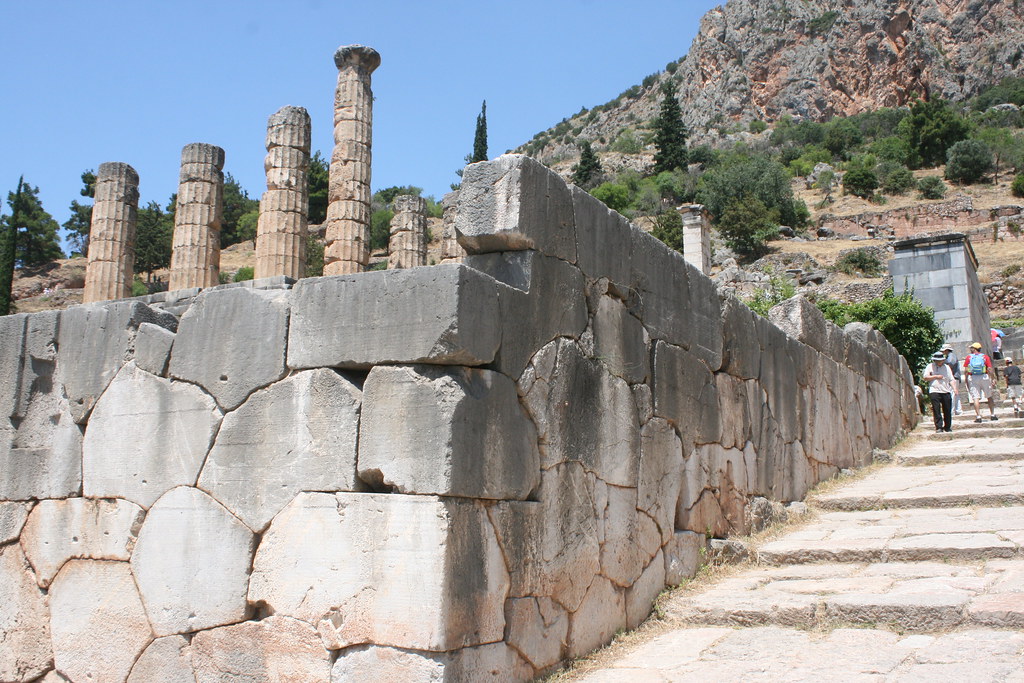
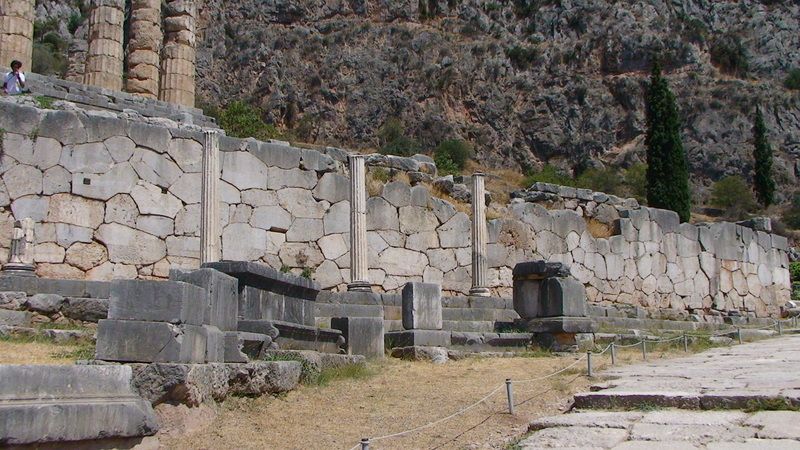
The other structure that impresses for size and use of megalithic stones is the Tholos at the sanctuary of Athena Pronoia (“Athena of forethought”), which is a circular building that was constructed between 380 and 360 BC (even though just like the Temple of Apollo it is thought to have been an original structure that was re-built several times).
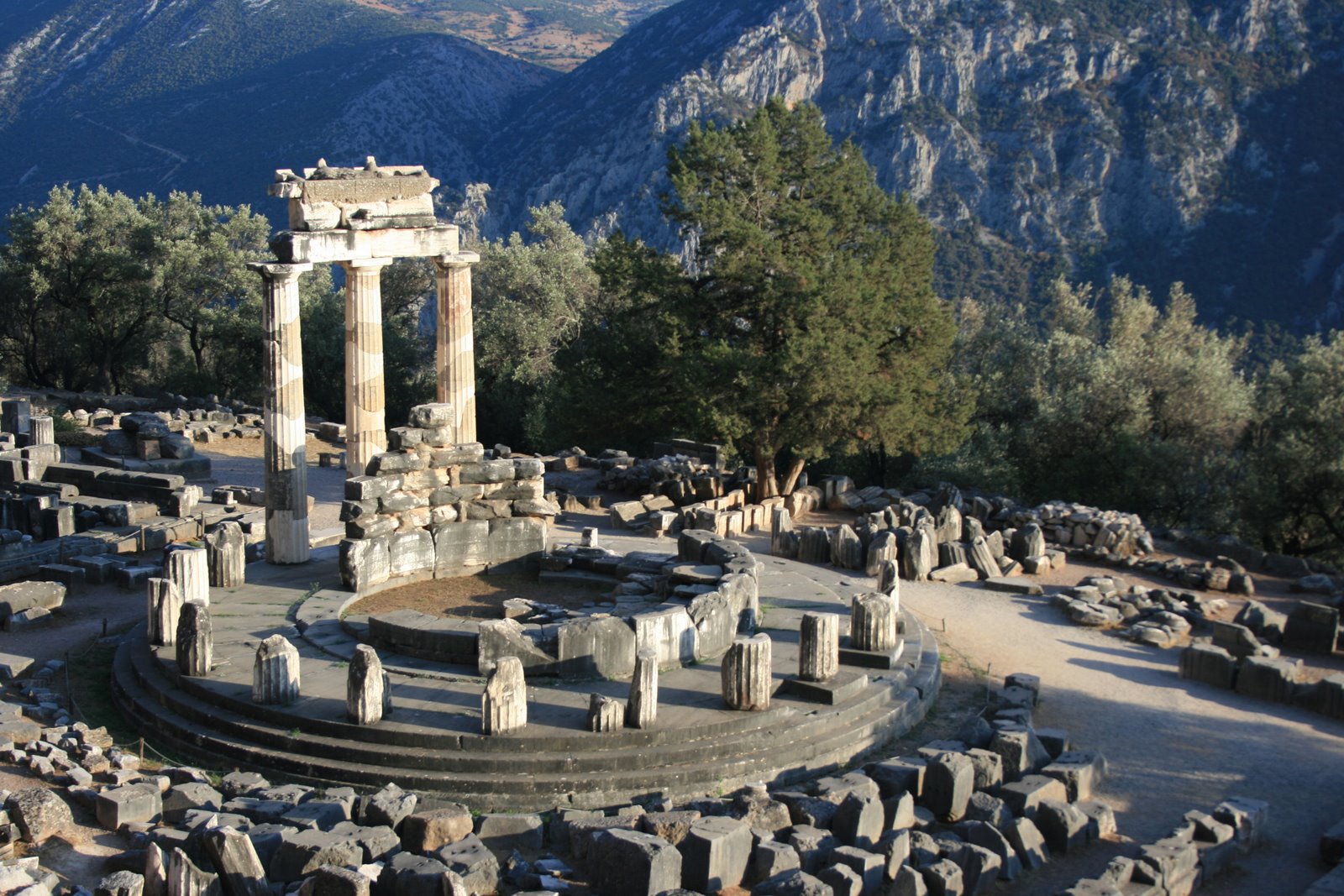
It consisted of 20 Doric columns arranged with an exterior diameter of 14.76 meters, with 10 Corinthian columns in the interior.
The Tholos is located approximately a half a mile (800 m) from the main ruins at Delphi.
In the pronaos, there were the mottos of the legendary Seven Sages and there was also a statue of Homer.
In the cell were also kept the altar of Poseidon, the statues of the Moira, by Apollo Moiragètes, the hearth with perpetual fire, the chair of Pindar, in iron (on which the poet had recited his poems).
In the pronào of the sanctuary were reported the words of wisdom from the Sages: “Nothing excessively” (Meden Agan, μnδὲv ἄγav), “Certainty brings to ruin”, and the famous motto ΓΝΩΘΙ ΣΕΑΥΤΟΝ (gnōthi seautón) which means “know yourself “.
Inside the enclosure, there were statues, including two sculpted by Patrocles of Crotone.
Compared to the usual location of Greek temples, the adyton was placed in an underground position.
At the time, one entered through a side tunnel and reached a sort of crypt which contained the omphalòs, the two eagles of Zeus, a golden Apollo, the sarcophagus of Dionysus, and the tripod of the Pythia.
